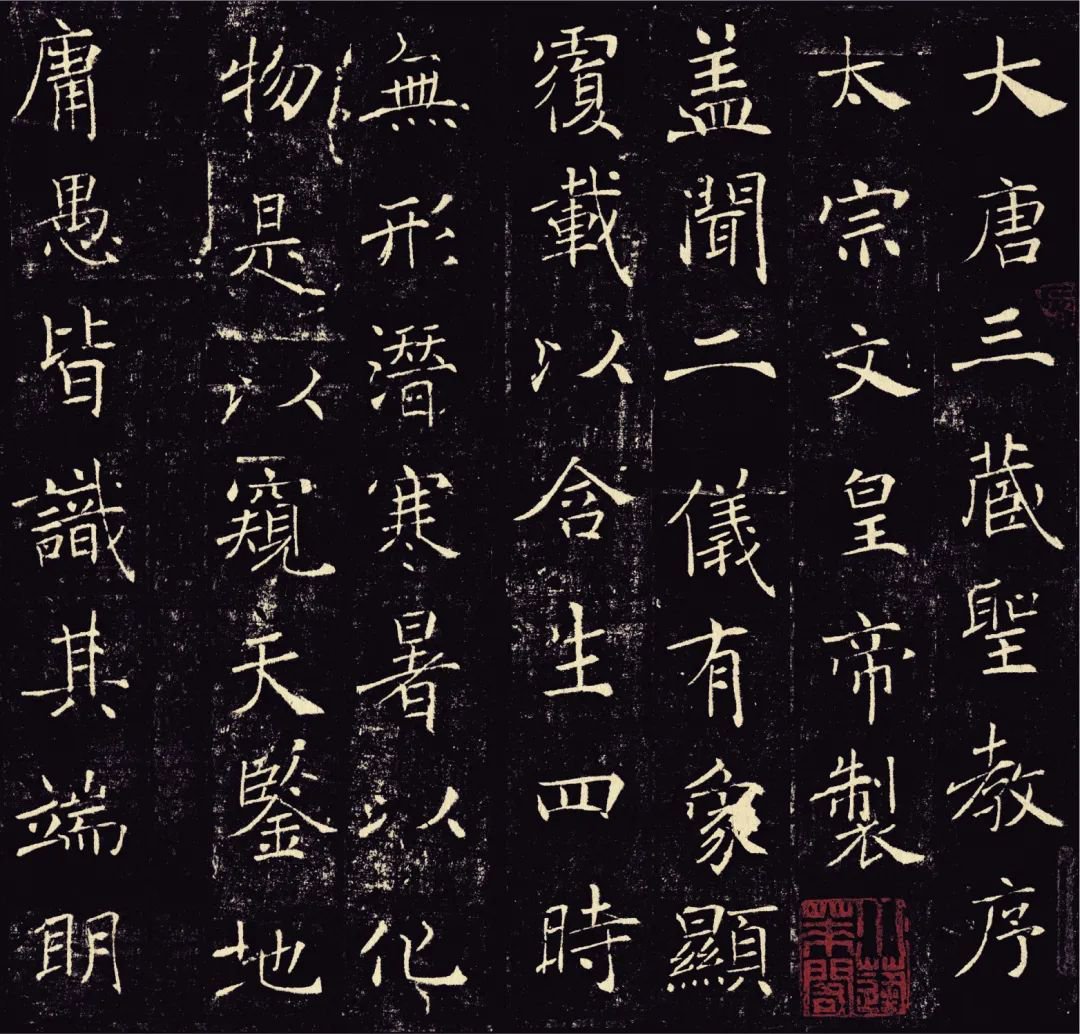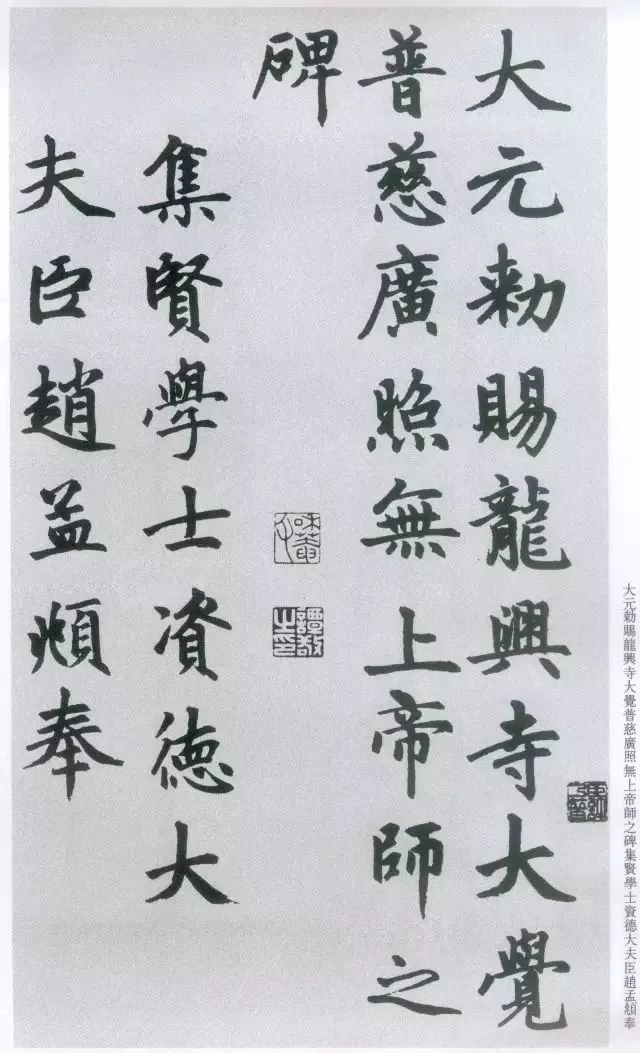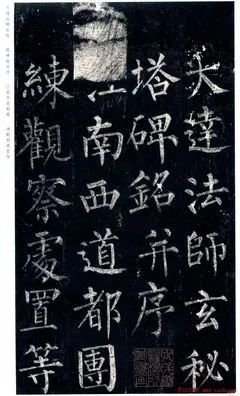What is regular script? How has it evolved?
Regular script is one of the main calligraphy styles of Chinese calligraphy. Originally called "Jinli", it is also called "Zhenshu" or "Zhengshu". These include Tang Kai, Wei Bei, Shou Jin Ti, Zhao Ti, etc.

Chu Suiliang's "Preface to the Holy Religion of the Wild Goose Pagoda"

Yuan Huai's epitaph

Zhao Mengfu's "Dengba Stele"
Kai means "model", "standard", "standard" and "model".
Regular seal script and official script were also called regular script during their popular period, such as "official script" and so on. The use of "Kaifeng" as the name of a calligraphy style was earlier seen in Wei Heng's discussion. His "Shu Shi" said: "Cizhong, the king of Shanggu, began to write Kaifa." It refers to "Eight-point Kaifa" or "Li Kaifa". Confucius once said: "The conduct of this world and the next will be regarded as regular script." According to this, it can be considered that any calligraphy style with prescribed laws and regulations can be called regular script. Therefore, Liu Xizai of the Qing Dynasty said in his "Book Summary": " Regular script There is no definite name, not only the official script should be used, but the historical records of King Beihai of Han Dynasty and Mu Shan are regarded as regular scripts. The big seal script can be called regular script." He also said, "Wei Hengyun said: 'Bo Ying's writing must be regular script', so the cursive script is also called regular script. ."
Nowadays, the "real script" that evolved from the simplicity of the official script, has strict rules, clear stipples, and smooth white lines is generally called regular script.

Yan Zhenqing's "Duobao Pagoda Stele"

Liu Gongquan's "Mysterious Tower Stele"
For example, Tang Kai and Wei Kai refer to the two major systems of regular script (i.e. Zhenshu and Zhengshu): Tang Bei and Wei Bei. This type of regular script was created at the end of the Han Dynasty and became popular in the Wei, Jin, Southern and Northern Dynasties. Calligraphers in the Tang Dynasty developed it and further standardized, legalized and finalized it, and it remains in use today.
According to the evolution rules and historical origins of calligraphy styles, it can be seen that official script evolved from cursive seal script, and regular script evolved from cursive script. Our current regular script is derived from the squareness of the ancient official script, the elegance of the eight points, the simplicity of the script, and the comprehensive changes.
But some people think that there is a difference between "regular script" and "real script". For example, Zhou Xinglian in the Qing Dynasty said in his "Linchi Guanjian": "The regular script must cover all aspects. The ancients called the seven families of Madam Wei, Yi Shao and his son, Ouyang Ledeng, Yu Yongxing, Zen Master Zhiyong, and Yan Lugong regular script, and the rest It's just a real script." Mr. Tang Lan, a recent scholar, also believes that regular script is a change of official script and eight points, while real script is a change of eight points of charter script mixed with running script.








